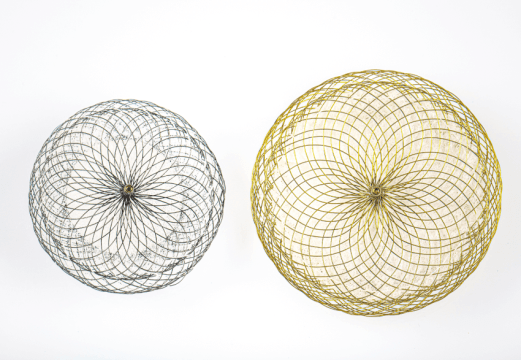Original title: The “Final” 5-Year Follow-Up From the ENDEAVOR IV Trial Comparing a Zotarolimus-Eluting Stent With a Paclitaxel-Eluting Stent. ENDEAVOR IV Investigators Reference: Ajay J. Kirtane et al. J Am Coll Cardiol Intv 2013. Article in press.
The ENDEAVOR IV was a randomized controlled study with a noninferiority design that compared the Endeavor zotarolimus eluting stent (Medtronic, Santa Rosa, California) with the Taxus Express paclitaxel eluting stent (Boston Scientific, Natick, Massachusetts) in de novo coronary lesions. This is the study´s final 5 year follow up report.
It included 1548 patients randomized 1:1 to Endeavor or Taxus; at 12 months, the first group presented greater late lumen loss. At 5 years, target vessel revascularization was similar for both stents. (Endeavor 12.7% vs Taxus 15%, p=0.22). Regarding the safety end points, at 5 years a similar death rate was observed in both groups (Endeavor 10% vs Taxus 9.1%, p=0.59). However, the myocardial infarction rate associated to the target vessel in this same period was significantly lower with Endeavor (2.6% vs 6%, p=0.002). Very late definitive/probable thrombosis was also significantly lower with Endeavor (0.4% vs 1.8%, p=0.012). This reduction was observed despite the larger number of patients in the Taxus group, that received double antiaggregation at the end of follow up (41.8% vs 47.9%, p=0.03).
Conclusion:
This study shows the long term efficacy and safety of the zotarolimus eluting stent Endeavour in treating de novo coronary lesions. A significant reduction in terms of target vessel infarction and stent thrombosis was observed, compared to Taxux, despite the fact that this study should be considered only as a hypothesis generator, due to its limited statistical power.
Editorial Comment:
A faster drug release of the and greater polymer biocompatibility could explain a faster endotelizacion, and therefore, the lower thrombosis observed with the Endeavor; on the other hand, this same mechanism could also explain the greater late lumen loss observed at a year angiographic follow up. Although it is always important to know the long term results, this study has lost some of its relevance due to the fact that both stents already have newer generations in the market.
SOLACI.ORG





